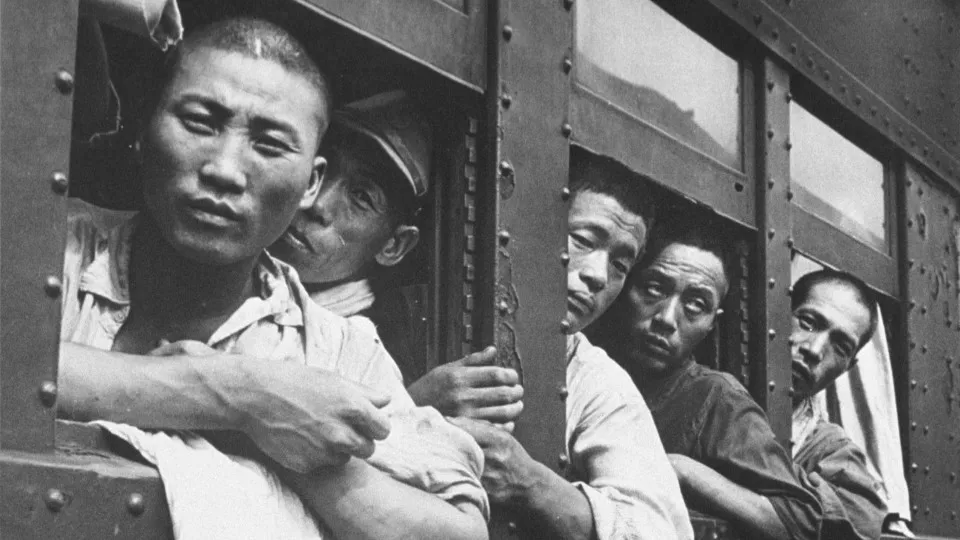World War II officially ended on September 2, 1945, when Japan surrendered to the Allied forces. However, for some soldiers, the war didn't really end. Some didn't believe the news of defeat, thinking it was enemy lies, and others never received the news at all. A handful of these individuals hid deep in the jungles and held onto their weapons, refusing to surrender until many years later!
In this gallery, you'll discover the incredible true stories of some well-known Japanese holdouts. Click on to find out more.



